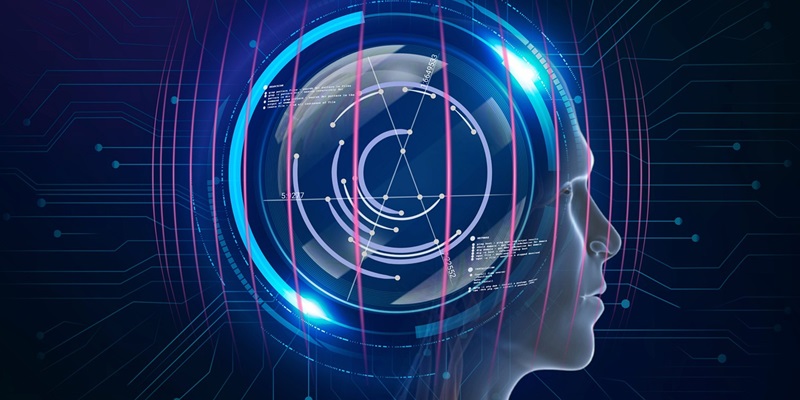Within the AI community, a groundbreaking development has emerged with Anthropic’s Claude 3 rivaling OpenAI’s esteemed GPT-4. This latest AI brawl pits two giants against each other, with each bringing advanced capabilities in large language models. Both are marvels in their own right, yet their unique offerings warrant an in-depth comparison to see which holds the edge in AI innovation.
Each model showcases its prowess in various benchmarks, leading to an intriguing conversation about who may dominate the race for AI supremacy. Anthropic’s Claude 3 has taken the scene by surprise, contending closely with the exceptional GPT-4. As AI enthusiasts and experts delve into the intricacies of these models, the duel between Claude 3 and GPT-4 is not just about current abilities but also hints at the future trajectory of AI advancements.
A Comparative Overview of Capabilities
Claude 3, the brainchild of Anthropic—a startup teeming with former OpenAI talent—has been making waves with its claim to meet or surpass the much-vaunted GPT-4 in several benchmarks. Its design, spearheaded by engineers with deep roots in the AI sphere, boasts a range of models tailored to various needs. Most notably, Claude 3 Opus, the suite’s flagship LLM, demonstrated remarkable performance during internal testing, including the needle-in-a-haystack evaluation. Here, its ability to detect a standalone fact hidden amidst a sea of data points to a sophisticated level of parsing and comprehension not often seen in AI models.
On the other side, OpenAI’s GPT-4 continues to impress with its wide-reaching influence and integration into various applications and services. It has set a high bar in the field of LLMs, with its performance in natural language understanding, generation, and task completion. However, Claude 3’s targeted benchmarks suggest that the gap between these two giants might be closing. In particular, Claude 3’s adaptability and integration with services like Amazon’s Bedrock underline its potential to seamlessly fit into and elevate AI-dependent ecosystems.
Real-World Implications and Integration
Claude 3’s Sonnet model strikes a balance between smarts and cost, poised for broad use thanks to its swift integration with Amazon Bedrock. This positions Claude 3 for widespread adoption through Amazon’s extensive customer network, potentially shifting user preferences towards Anthropic’s AI. In tests, Claude 3 Opus demonstrated meta-awareness about its tasks, showing a level of understanding beyond mere data processing. This is a step towards more sophisticated AI but doesn’t imply consciousness.
Available in 159 countries through its website and API, and with the upcoming Haiku model, Claude 3 is set to widely influence the AI market. This access could drive innovation, spurring competitors like OpenAI to advance GPT-4 and beyond. Claude 3’s superiority to GPT-4 isn’t just about technical performance but also its global impact, versatility, and user-centric approach.

